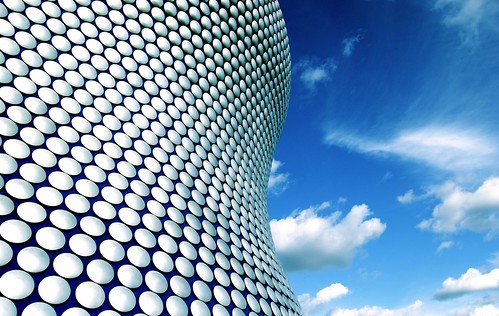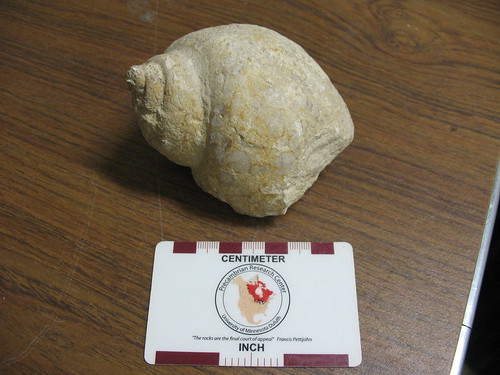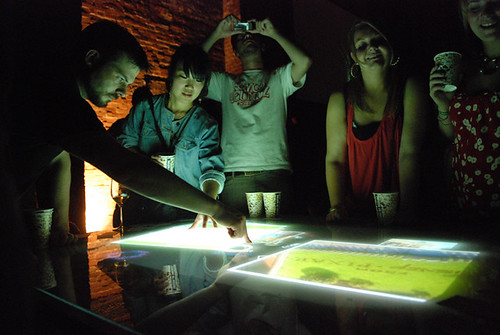Source(google.com.pk)
Windows 7 Desktop Wallpaper Biography
Possibly the earliest written reference to the site is to be found in the Annals of Ulster which records a siege of Dún Fother in 681. Dunnottar is also mentioned as a site for a battle between King Donald II and the Danish Vikings in 900 AD. A raid into Scotland via land and sea by King Aethelstan of Wessex in 934 included an attack on Dunnottar. William the Lion used Dunnottar as an administrative complex. King Domnall II was the first man to have been called rí Alban (i.e. King of Alba), when he died at Dunnottar in 900 AD. All his predecessors styled themselves as either King of the Picts or King of Fortriu. Such an apparent innovation in the Gaelic chronicles is construed by some[who?] to spell the birth of Scotland.
William Wallace is said to have led the Scots to victory over the English at Dunnottar in 1296. The outcome was completed by Wallace's imprisonment and incineration of the defeated English soldiers in the castle church.
By 1336 the resources of Edward III of England ordered Willam Sinclair, 8th Baron of Roslin to sail eight ships to the partially ruined Dunnottar for the purpose of rebuilding and fortifying to use as a forward resupply base for the northern campaign. Sinclair took with him 160 soldiers, horses, and a corps of masons and carpenters.[3] The English efforts were undone the same year when the Scottish Regent Sir Andrew Murray led a Scottish force that captured and again destroyed the defences of Dunnottar. By the close of the 14th century, Dunnottar was firmly under Scottish control, under the Clan Keith, whose chiefs were hereditary Earls Marischal of Scotland. The castle was rebuilt and augmented over generations by the Earls Marischal, including a large scale reconstruction under George Keith, 5th Earl Marischal (d. 1623), founder of Marischal College, Aberdeen (1593).
[edit]16th and 17th centuries
Early in the 16th century the Keiths added a new block to the east of the keep. Mary, Queen of Scots, visited Dunnottar in 1562 and again in 1564. In 1575 a stone gatehouse was constructed, which serves as the present day visitor's entrance. James VI was in residence for a portion 1580. From 1580 to 1650 the Earl Marischals converted a medieval style fortress into a decorative castle, constructing ranges of edifices around a quadrangle on the northeast. These resulted in luxurious living quarters. Between 1582 and 1584 a west wing to the fortress was erected. Also, during the 16th century, a new chapel was introduced. Then, early in the 17th century two other wings to the chapel were added.
In 1639 the owner of Dunnottar was William Keith, 7th Earl Marischal, who that year joined the Covenanters, in opposition to the established Episcopal Church and consequently to Charles I himself. James Graham, 1st Marquess of Montrose, an ally of Marischal, attempted to return him to the Royalists. Unsuccessful in his attempt, Montrose attacked the fortress, and set fire to the fields. Nonetheless, Marischal held the fortress which sustained structural damage. Simultaneously the Covenanters met at a conference in nearby Muchalls Castle. Events at Dunnotar and Muchalls Castles were important during the English Civil War, and played a role in the reconciliation between the monarchy and the Covenanters.
Ruins of the castle in the late 18th century
King Charles II was received in a visit to Earl Marischal in 1650; however, in 1651 the English General Overton began a siege of Dunnottar seeking the prize of Scotland's Regalia, the royal crown, sword and sceptre used in the coronation of Charles II at Scone Palace. The Dunnottar fortress was defended by a small garrison of approximately 70 men. The small garrison held out against the besieging army for 8 months until heavy cannon were brought up. After 10 days of bombardment Governor Sir George Ogilvy of Barras surrendered to Overton's predecessor, General Morgan; however, the English were denied the Regalia, smuggled away during the siege by Anne Lindsay, related to Ogilvy by marriage.[4] The Honours of Scotland being hidden below the floor of Kineff Parish Church where they remained for 11 years.[5]












Windows 7 Desktop Wallpaper Biography
Possibly the earliest written reference to the site is to be found in the Annals of Ulster which records a siege of Dún Fother in 681. Dunnottar is also mentioned as a site for a battle between King Donald II and the Danish Vikings in 900 AD. A raid into Scotland via land and sea by King Aethelstan of Wessex in 934 included an attack on Dunnottar. William the Lion used Dunnottar as an administrative complex. King Domnall II was the first man to have been called rí Alban (i.e. King of Alba), when he died at Dunnottar in 900 AD. All his predecessors styled themselves as either King of the Picts or King of Fortriu. Such an apparent innovation in the Gaelic chronicles is construed by some[who?] to spell the birth of Scotland.
William Wallace is said to have led the Scots to victory over the English at Dunnottar in 1296. The outcome was completed by Wallace's imprisonment and incineration of the defeated English soldiers in the castle church.
By 1336 the resources of Edward III of England ordered Willam Sinclair, 8th Baron of Roslin to sail eight ships to the partially ruined Dunnottar for the purpose of rebuilding and fortifying to use as a forward resupply base for the northern campaign. Sinclair took with him 160 soldiers, horses, and a corps of masons and carpenters.[3] The English efforts were undone the same year when the Scottish Regent Sir Andrew Murray led a Scottish force that captured and again destroyed the defences of Dunnottar. By the close of the 14th century, Dunnottar was firmly under Scottish control, under the Clan Keith, whose chiefs were hereditary Earls Marischal of Scotland. The castle was rebuilt and augmented over generations by the Earls Marischal, including a large scale reconstruction under George Keith, 5th Earl Marischal (d. 1623), founder of Marischal College, Aberdeen (1593).
[edit]16th and 17th centuries
Early in the 16th century the Keiths added a new block to the east of the keep. Mary, Queen of Scots, visited Dunnottar in 1562 and again in 1564. In 1575 a stone gatehouse was constructed, which serves as the present day visitor's entrance. James VI was in residence for a portion 1580. From 1580 to 1650 the Earl Marischals converted a medieval style fortress into a decorative castle, constructing ranges of edifices around a quadrangle on the northeast. These resulted in luxurious living quarters. Between 1582 and 1584 a west wing to the fortress was erected. Also, during the 16th century, a new chapel was introduced. Then, early in the 17th century two other wings to the chapel were added.
In 1639 the owner of Dunnottar was William Keith, 7th Earl Marischal, who that year joined the Covenanters, in opposition to the established Episcopal Church and consequently to Charles I himself. James Graham, 1st Marquess of Montrose, an ally of Marischal, attempted to return him to the Royalists. Unsuccessful in his attempt, Montrose attacked the fortress, and set fire to the fields. Nonetheless, Marischal held the fortress which sustained structural damage. Simultaneously the Covenanters met at a conference in nearby Muchalls Castle. Events at Dunnotar and Muchalls Castles were important during the English Civil War, and played a role in the reconciliation between the monarchy and the Covenanters.
Ruins of the castle in the late 18th century
King Charles II was received in a visit to Earl Marischal in 1650; however, in 1651 the English General Overton began a siege of Dunnottar seeking the prize of Scotland's Regalia, the royal crown, sword and sceptre used in the coronation of Charles II at Scone Palace. The Dunnottar fortress was defended by a small garrison of approximately 70 men. The small garrison held out against the besieging army for 8 months until heavy cannon were brought up. After 10 days of bombardment Governor Sir George Ogilvy of Barras surrendered to Overton's predecessor, General Morgan; however, the English were denied the Regalia, smuggled away during the siege by Anne Lindsay, related to Ogilvy by marriage.[4] The Honours of Scotland being hidden below the floor of Kineff Parish Church where they remained for 11 years.[5]
Windows 7 Desktop Wallpaper

Windows 7 Desktop Wallpaper

Windows 7 Desktop Wallpaper

Windows 7 Desktop Wallpaper

Windows 7 Desktop Wallpaper

Windows 7 Desktop Wallpaper

Windows 7 Desktop Wallpaper

Windows 7 Desktop Wallpaper

Windows 7 Desktop Wallpaper

Windows 7 Desktop Wallpaper

Windows 7 Desktop Wallpaper

Windows 7 Desktop Wallpaper

Windows 7 Desktop Wallpaper
No comments:
Post a Comment